We may earn money or products from the companies mentioned in this post. This means if you click on the link and purchase the item, I will receive a small commission at no extra cost to you ... you're just helping re-supply our family's travel fund.
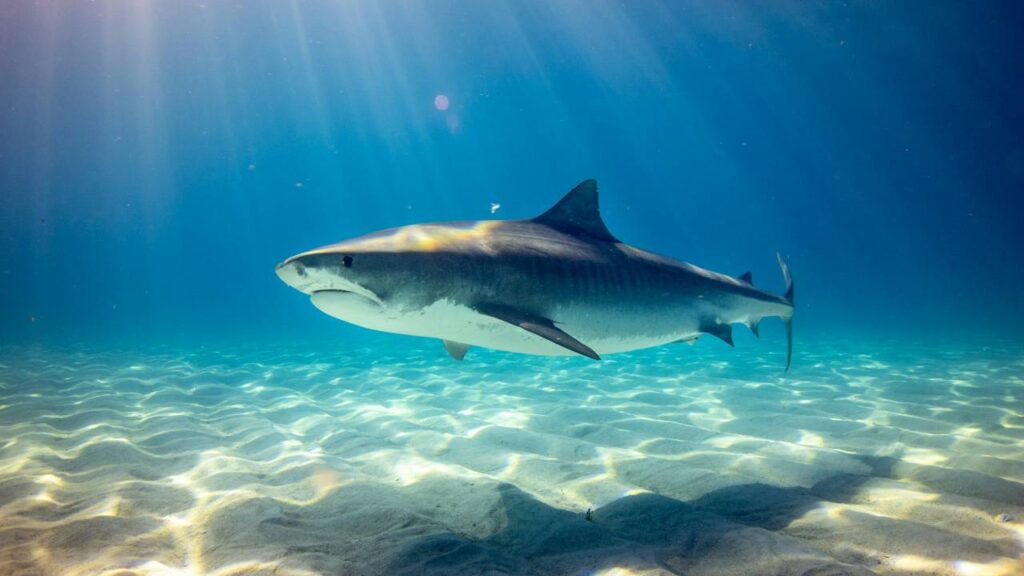
You smell coconut lotion and hear gulls squabble overhead, then notice a purple flag whipping in the breeze. Shark encounters along Florida’s coast have ticked upward this year, but most remain brief and survivable. Bite survivors such as diver Jeff Joel and teen surf coach Sam Hollis prove that knowledge, not panic, keeps toes in the sand and boards in the lineup. The nine insights that follow braid marine science with real-world lessons so you can swim, paddle, and float with clear eyes and a steady pulse.
1. Warm Water Draws Crowds and Predators
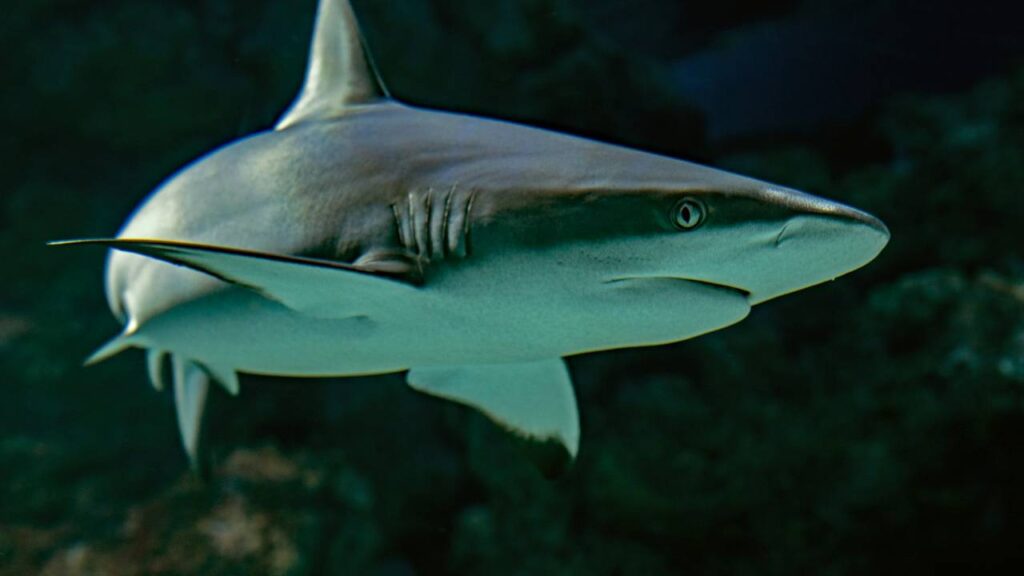
By early June the Gulf Stream pushes bait fish into thigh-deep surf, and blacktips, spinners, plus the odd bull or lemon shark follow. Vacation season packs the same sandbars with swimmers and surfers. That overlap, not a feeding frenzy, is why Volusia County often leads global bite tallies yet still records typically fewer than 20 unprovoked injuries statewide each year. Chance meetings rise, but the risk of serious harm remains lower than that of a lightning strike.
2. Diver Jeff Joel’s Forty-Stitch Reality Check

In April, West Palm Beach diver Jeff Joel cut fishing line from a frantic lemon shark and received a defensive nip that needed 40 stitches. Speaking at a St. Mary’s Medical Center reunion of bite victims, he compared the shark’s thrash to a deer caught in wire and said he would help again, only with trauma shears ready and arms clear of the mouth. His story reminds anyone handling wildlife to expect reflexes from even the calmest species.
3. Surf Coach Sam Hollis Keeps His Cool
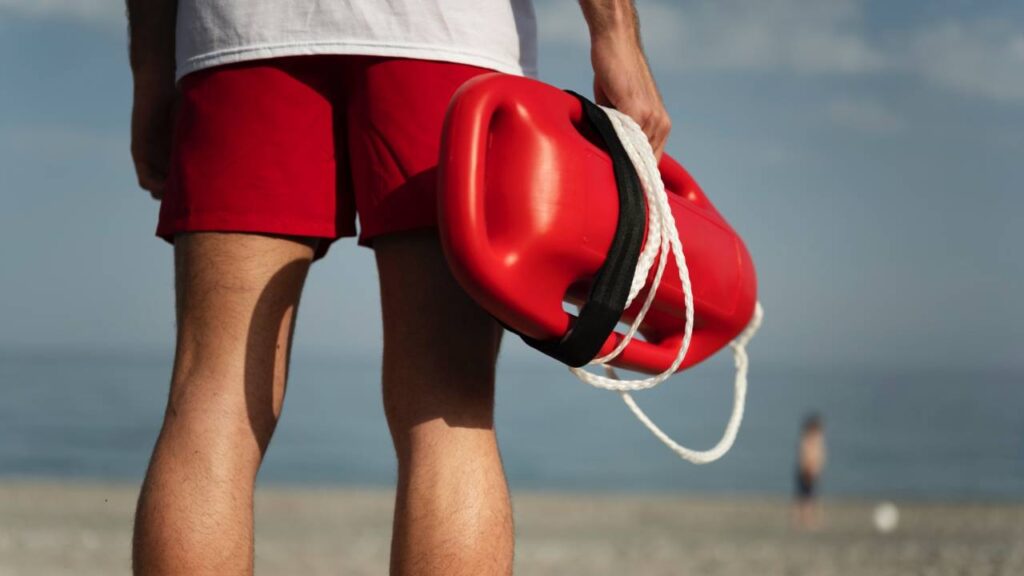
During a July lesson in New Smyrna, 18-year-old instructor Sam Hollis felt a tug as a shark mistook his foot for prey, then yanked him off his board. Hollis kicked free, steadied his young student, and paddled both to shore before medics arrived. Stitches closed the wound, but composure wrote the headline. Quick thinking and calm exits often turn a frightening moment into a swift recovery and future dawn patrols.
4. Choose the Safest Hour to Swim

Sharks hunt most actively at dawn and dusk when silhouettes blur, and water above 80°F from late May through Sept. sharpens that pattern. Aim for bright mid-morning sessions when visibility peaks and lifeguards clock in. Skip swims after storms or heavy rain; murky runoff hides bait schools near inlet mouths where curiosity frequently meets bare ankles.
5. Flags, Apps, and Tower Whiteboards

Florida’s system is simple: double-red closes water, red warns of high hazard, yellow signals moderate surf, green means low hazard, and purple flags dangerous marine life, including sharks. Counties such as Volusia and Broward post live updates minutes after sightings. Lifeguard towers list current flags and recent bites; check both before unrolling a towel or waxing a board.
6. Dress and Paddle Like Bland Cuisine
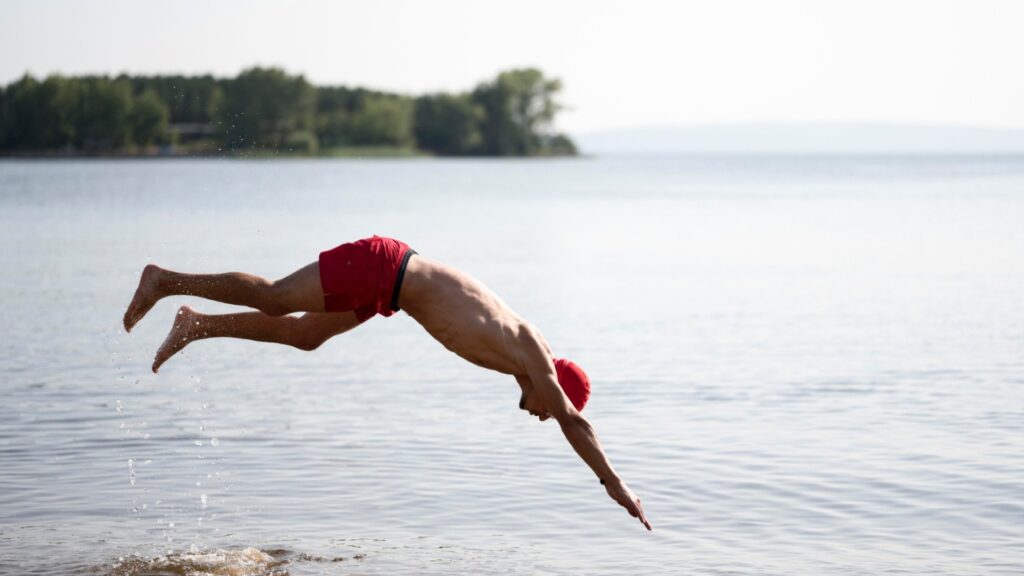
Shiny rings flash like fish scales, and high-contrast wetsuits resemble bait. Opt for muted swimwear, skip jewelry, and keep speared fish on a float trailing well behind you, ensuring an Oxford comma for clarity. Even bold board decals that mimic eyes or stripes can invite inspection. Small tweaks steer curiosity offshore, sparing you an accidental nip.
7. Spot, Then Exit with Deliberate Calm

If you see a shark, steady breathing, keep it in sight, and glide shoreward without splashy kicks. Sudden thrashing mimics injured prey. Should contact feel inevitable, push water toward the snout or jab gills and eyes, rich in nerve endings. Reports show most sharks veer away once they recognize you are neither rival nor food.
8. Pack First-Aid Smarts Alongside Sunscreen
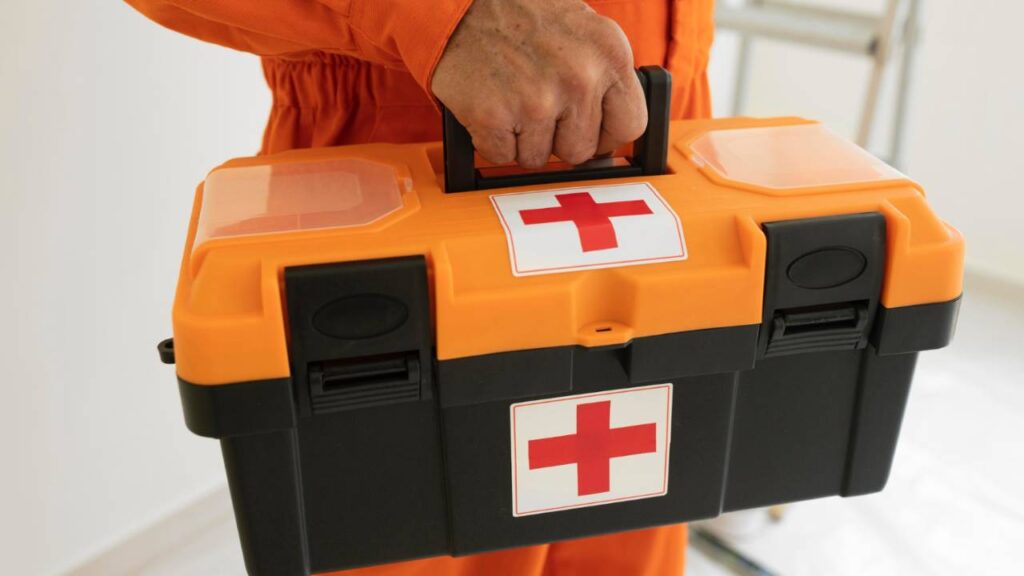
Joel’s arm and Hollis’s foot bled fast, but tight pressure dressings slowed loss until paramedics arrived. Tuck gauze, elastic wrap, and a tourniquet into any dive or boat kit. Flush minor cuts with clean water; deep wounds need quick wrap-and-go transport for antibiotics and closure. Reporting bites keeps statewide data current and sharpens future safety patrols.
9. Keep Statistics, Not Fear, in Your Head
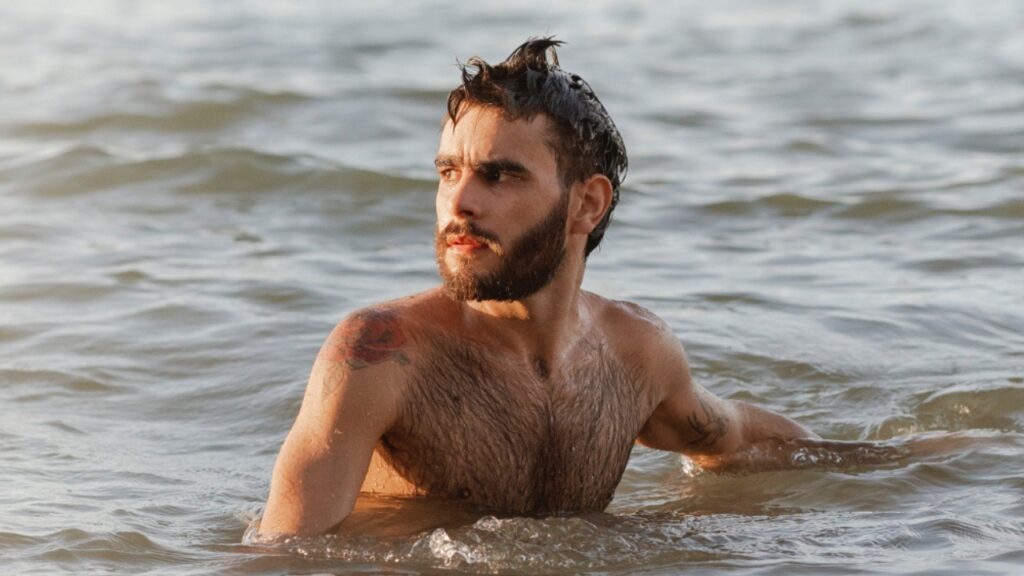
Florida usually logs fewer than 20 unprovoked bites a year, while emergency rooms treat more people for falling coconuts, a comparison that drew laughs at the victim reunion. Sharks cull sick fish and keep reefs healthy. Respect flag warnings, share the shallows with awareness, and the ocean stays a place of wonder rather than worry.